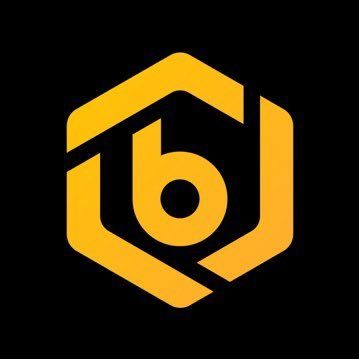Latest Crypto News
Trending now

SOL Outflows Drop 83%, But One Factor Keeps Solana Price in Check
- Solana holders cut net outflows by 83%, but strong buying hasn’t returned yet.
- The new Bitwise Solana ETF brought inflows, but little real spot demand.
- Solana must hold $178 and regain $198 to avoid a deeper price drop.

Gate Launches CrossEx, a Pioneering Cross-Exchange Platform Redefining Institutional Crypto Trading Infrastructure
Gate, one of the global leading cryptocurrency exchanges, has announced the official launch of CrossEx, its pioneering cross-exchange trading and clearing platform. Designed for professional investors, quantitative teams, and institutional clients, CrossEx serves as an all-in-one trading infrastructure that connects multiple exchanges, aiming to break existing barriers and enable unified management and efficient coordination of

Bitwise Solana ETF Draws Record Inflows in First Trading Week
- Bitwise’s newly launched Solana ETF (BSOL) recorded $417 million in inflows during its first trading week.
- The surge highlights a growing institutional shift toward altcoins, even as Bitcoin funds experienced rare outflows.
- Analysts say the trend reflects investor confidence in Solana’s expanding role in stablecoin transfers and tokenized assets.

From Pilots to Products and a New Test for Fundamentals
September was a busy month with RWA Summit, KBW, and Token2049 back-to-back. One point is clear: tokenized securities are here to stay, and the questions revolve around “how” and “when” instead of “what” and “why.” Below are five takeaways and what they signal for the next year. Defi’s Utility is Undercounted Because the Best Infrastructure
dYdX × THORWallet Trading Event

Midnight Network Launches Scavenger Mine of Glacier Drop: The 2nd Phase of Night Token Distribution
The Midnight Tokenomics Paper, released earlier this summer, laid out the economic framework and vision for Midnight, a fourth-generation blockchain redefining on-chain privacy. It introduced $NIGHT, the network’s governance and ownership token, and Glacial Drop, a radically fair, multi-phase token distribution model designed to promote inclusive access. That vision enters its next stage today with

Best Hardware Wallets in 2026
Explore the best hardware wallets for crypto, comparing price, supported coins, and key features for secure and convenient storage.
Deposit, Trade and Earn Challenge

Ethereum Whales Are Buying Again — But Can They Outrun the Looming Death Cross?
- Ethereum whales added about 200,000 ETH, worth roughly $775 million, signaling fresh buying momentum.
- A looming death cross between the 20-day and 100-day EMAs could trigger a 4.9% drop toward $3,680.
- Support and resistance distances from the current Ethereum price are nearly equal, with $4,069 as breakout level and $3,680 as breakdown trigger.

3 Altcoins Crypto Whales Are Buying For Potential Gains In November
- Railgun (RAIL): Whales boosted holdings 30%, adding 57,000 RAIL. Price targets $5.01–$6.79, with supports at $3.97 and $3.32.
- Aster (ASTER): Whale stash rose 11.98% to 21.77 million tokens. A breakout above $1.06 could reach $1.09–$1.22; below $0.94 risks $0.85.
- Pump.fun (PUMP): Whales added 1.81 billion tokens this week. A move above $0.0049 may hit $0.0053–$0.0078, invalidation below $0.0041.
Get a Chance to Win €4,500 in Gold

Bitcoin Turns 17: From “Hacker Money” to Institutional Mainstay
- Bitcoin turns 17 and is no longer a niche asset; governments, ETFs, and corporations now hold a significant share of supply.
- Political leaders like Trump, Milei, and Bukele use Bitcoin as a symbol of sovereignty, anti-inflation, and financial freedom.
- With institutional products, Lightning, and tokenization, Bitcoin is shifting from speculative asset to core digital infrastructure.

Xandeum Transitions Rewards Mechanism Authority to Community DAO
Las Vegas, NV – Oct. 30, 2025: Xandeum, Solana’s scalable, smart contract-native storage layer, today announced the handover of its rewards mechanism governance to the Xandeum DAO, marking a pivotal shift toward full community control. This transition follows the completion of Reward Season 4 on October 29, 2025, capping a year of automated quarterly distributions




